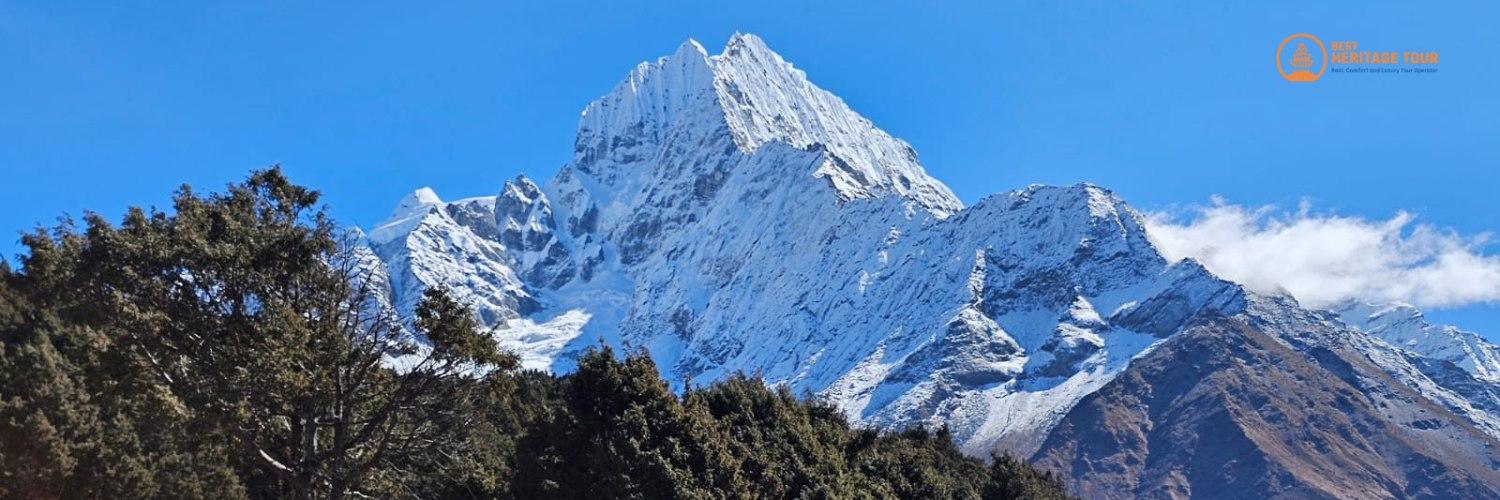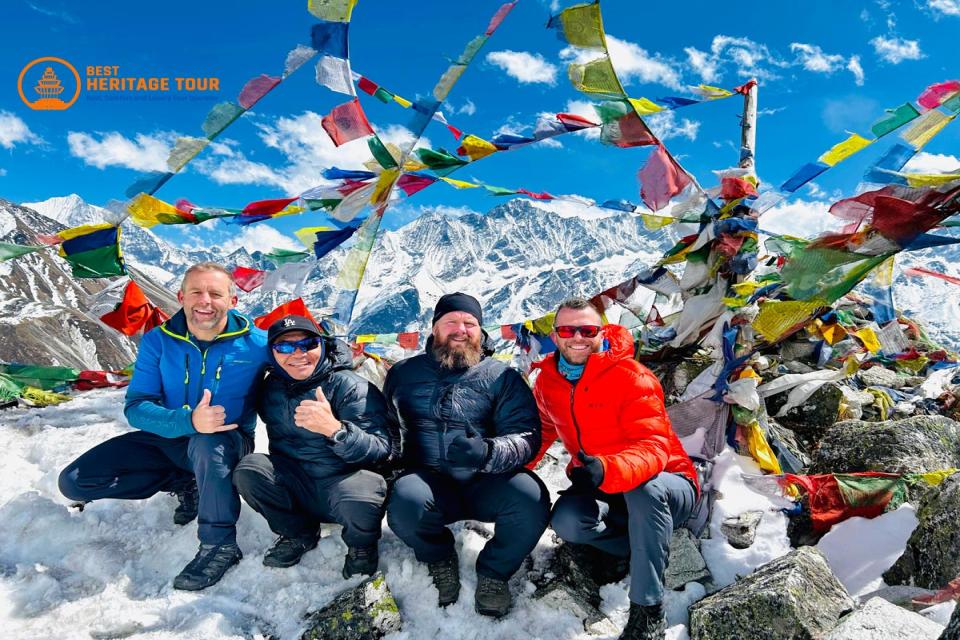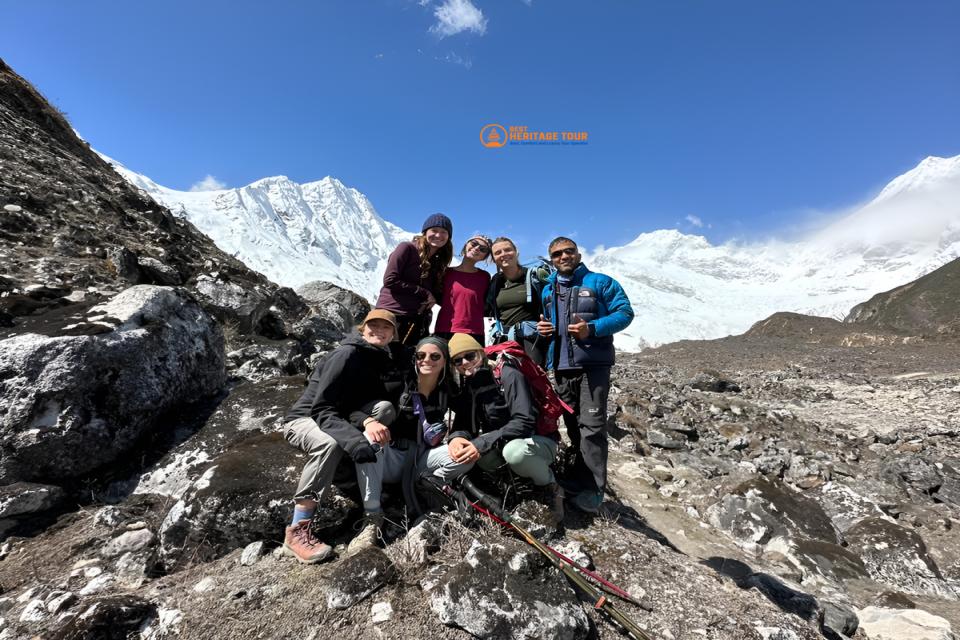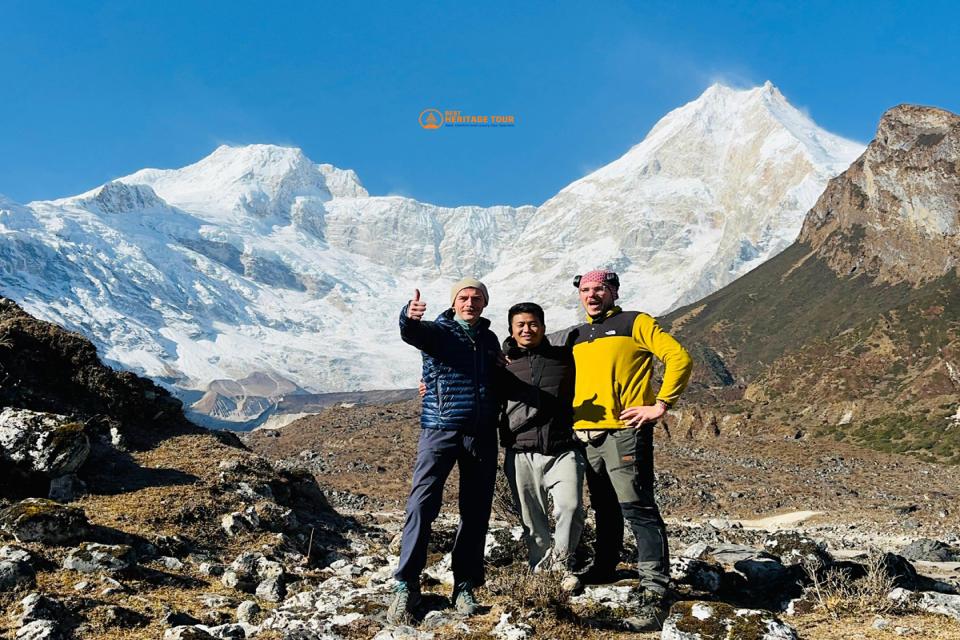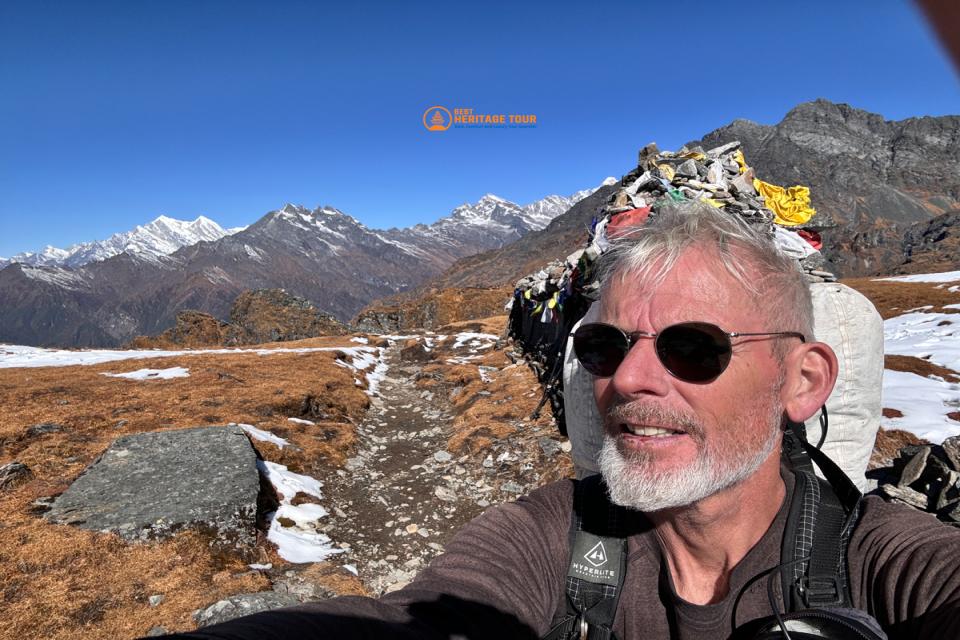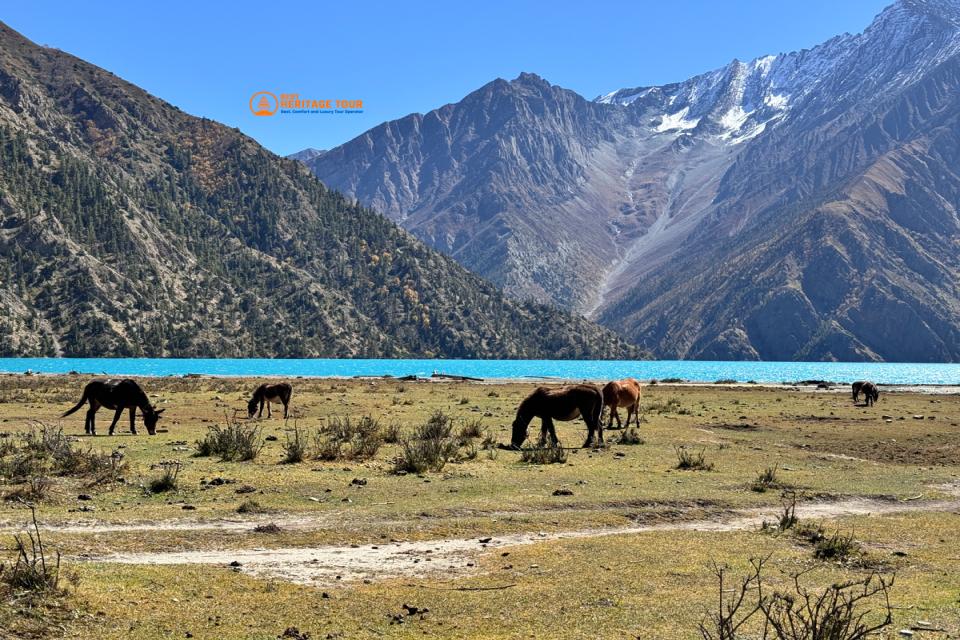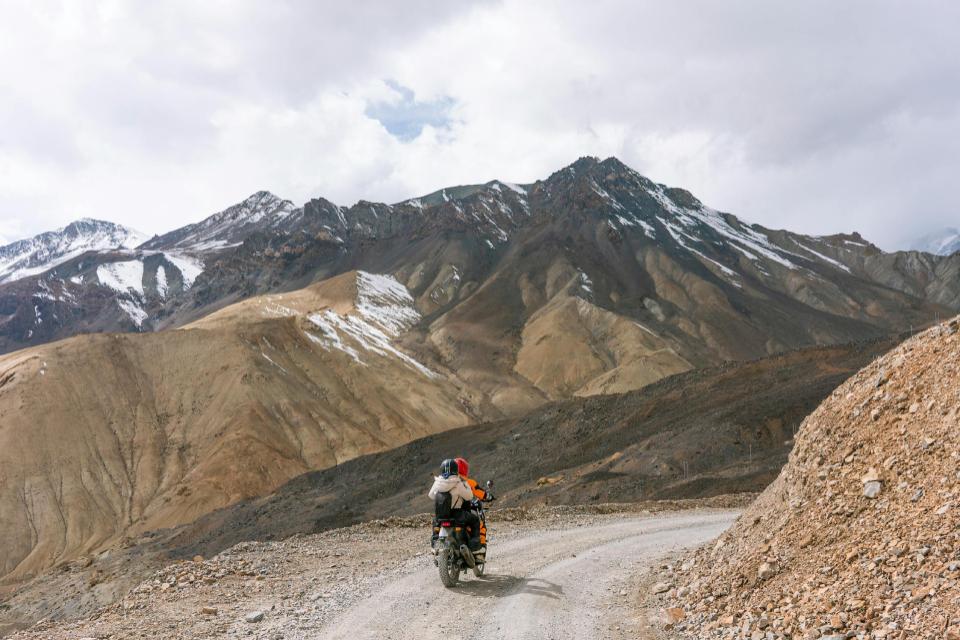Over the past decade, drones have revolutionized travel photography and filmmaking, allowing trekkers and vloggers to capture breathtaking aerial views of the Himalayas. From dramatic valleys to snow-covered peaks, Nepal’s landscapes look extraordinary from above.
For many travelers, bringing a drone to Nepal - especially on the Everest Base Camp (EBC) Trek - seems like the perfect way to capture once-in-a-lifetime moments. However, while drone footage from the Himalayas may look stunning on YouTube or Instagram, flying a drone in Nepal is not as simple as it seems.
Nepal has implemented strict drone laws to ensure the safety of airspace, privacy, and cultural sites. Whether you are a content creator, professional filmmaker, or adventure traveler, understanding these rules before your trip is crucial.
With expert guidance from Best Heritage Tour, travelers can explore Nepal’s majestic trails confidently - ensuring all drone activities comply with the country’s aviation and local regulations.
Understanding Drone Laws in Nepal
The Civil Aviation Authority of Nepal (CAAN) is the governing body that regulates all drone activities in the country. According to CAAN, flying drones is not entirely banned, but it is highly regulated - especially near airports, military zones, heritage sites, and national parks.
Drone rules in Nepal are designed to:
-
Ensure air safety and prevent interference with aircraft.
-
Protect privacy and local communities.
-
Preserve heritage sites and sensitive cultural locations.
-
Control the commercial use of drone footage.
In simple terms: you can bring and fly a drone in Nepal, but only with official permission.
Drone Categories and Permit Requirements
CAAN divides drone operations based on weight and purpose:
1. Recreational Use (Personal / Non-Commercial)
If you are flying a drone for personal use (e.g., travel vlogs or photography), you still need local permission from the district administration and CAAN approval in certain areas.
2. Commercial Use (Filmmaking / Journalism / Promotions)
If your drone footage is used for commercial purposes, including YouTube monetization or professional film production, you must apply for a special permit from CAAN along with a filming license from the Ministry of Information and Communication.
3. Weight-Based Regulation
-
Below 2 kg: Easier to register; fewer restrictions in open rural areas (with local permission).
-
2-7 kg: Requires prior approval from local authorities and CAAN.
-
Above 7 kg: Strictly regulated and typically allowed only for government or research use.
Step-by-Step: How to Get a Drone Permit in Nepal
Flying a drone legally in Nepal involves coordination between several authorities. Here’s a simplified, traveler-friendly breakdown of the process:
Step 1: Register Your Drone
-
Provide the drone model, serial number, and specifications to CAAN.
-
Mention the purpose of use (personal or commercial).
Step 2: Seek Local Permission
-
Obtain a recommendation letter from the local municipality, rural municipality, or district administration office where you intend to fly.
-
This step is mandatory even for small drones.
Step 3: Apply to CAAN
-
Submit your local approval letter and drone details to CAAN for authorization.
-
Specify your flight zones, dates, and purpose.
Step 4: Obtain Security Clearance
-
For filming near national parks, military zones, or protected heritage areas, you need clearance from Nepal Army or the Department of National Parks and Wildlife Conservation.
Step 5: Keep Copies Handy
-
Always carry soft and printed copies of all approvals during your trek. Local police or park officials may request them.
With Best Heritage Tour, trekkers can get assistance in coordinating permits and documentation - ensuring everything complies with the latest CAAN regulations.
Where Drones Are Restricted in Nepal
Drones are strictly prohibited in several sensitive areas without special permission. This includes:
-
Airports and air routes (within 5 km radius)
-
Military and police zones
-
National parks and wildlife reserves (without written permission)
-
UNESCO World Heritage Sites (like Kathmandu Durbar Square, Boudhanath, Swayambhunath)
-
Dense settlements where privacy concerns may arise
Drone Rules for Everest Base Camp (EBC) Trek
Now, let’s focus on the most popular trekking destination - the Everest Base Camp Trek.
Flying a drone in the Everest region is possible only with official permissions. The entire EBC route falls under the Sagarmatha National Park, a UNESCO World Heritage Site, meaning drone operations here are heavily regulated.
Authorities Involved in EBC Drone Permissions:
-
CAAN - for overall drone flight approval.
-
Sagarmatha National Park Office (Namche or Monjo) - for permission to operate within protected park boundaries.
-
Local Municipality / Police Office - for community-level consent, especially near villages like Namche, Tengboche, and Dingboche.
Important Notes for EBC Trekkers:
-
Drones are not allowed near Lukla Airport - one of the busiest and most dangerous airstrips in the world.
-
Villages like Namche Bazaar, Tengboche, and Gorak Shep often restrict drone flights due to privacy and noise concerns.
-
You must not fly drones near monasteries, chortens, or religious ceremonies.
-
Commercial filming (including monetized YouTube content) requires CAAN and Ministry-level approval before arrival.
If caught flying a drone without a valid permit in the Everest region, authorities may confiscate the drone, fine the user, or deny further trekking permission.
Penalties for Violating Drone Laws
Flying drones without authorization in Nepal can lead to significant legal issues. Penalties include:
-
Immediate confiscation of the drone by police or park authorities.
-
Fines ranging from NPR 10,000 to 200,000, depending on severity.
-
Legal action under CAAN Act, which may include temporary travel restrictions.
-
Ban on re-entry for repeat offenders, especially for commercial misuse.
Even if enforcement varies in remote areas, the consequences of violating drone laws can seriously impact your travel experience.
Tips for Responsible Drone Flying in Nepal
-
Always Apply in Advance:
Drone permits can take 1-2 weeks to process, so apply before arriving in Nepal. -
Hire a Licensed Guide:
Guides from Best Heritage Tour understand restricted zones and help coordinate safe shooting spots. -
Avoid Flying Near Wildlife:
Drones can disturb birds, yaks, and other Himalayan animals. -
Fly During Daylight Only:
Night flights are illegal in Nepal without special permission. -
Respect Locals’ Privacy:
Always ask before filming people, homes, or cultural events. -
Limit Altitude & Distance:
Keep your drone within 120 meters height and 500 meters radius for safety. -
Register Your Drone at Arrival
Declare your drone at customs to avoid confiscation at the airport.
Conclusion: Fly Responsibly, Trek Freely
Drones can add an incredible perspective to your Nepal trekking adventure - capturing the Himalayas from an angle few get to see. But these powerful tools come with responsibility.
By understanding and following Nepal’s drone laws, obtaining necessary permits, and respecting local regulations, travelers can ensure a safe and memorable experience.
If you’re planning to bring a drone on your Everest Base Camp Trek or any Himalayan journey, the team at Best Heritage Tour can assist with permit coordination, travel planning, and expert local guidance - ensuring your trip is smooth, safe, and fully compliant with Nepalese law.
Phone/ WhatsApp/ Viber: +977-9851149197 / +977-9810043046
Email: info@bestheritagetour.com / bestheritagetour@gmail.com
Website: www.bestheritagetour.com
Office: Thamel Marg, Kathmandu, Nepal
Author: Best Heritage Tour
Date: 9th November, 2025

